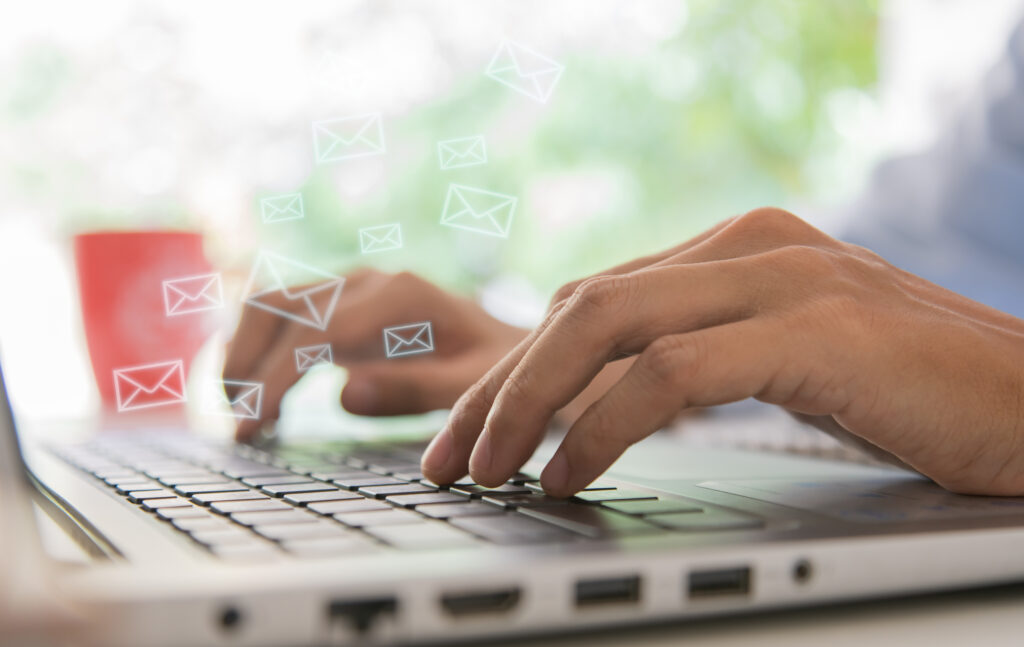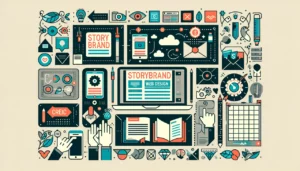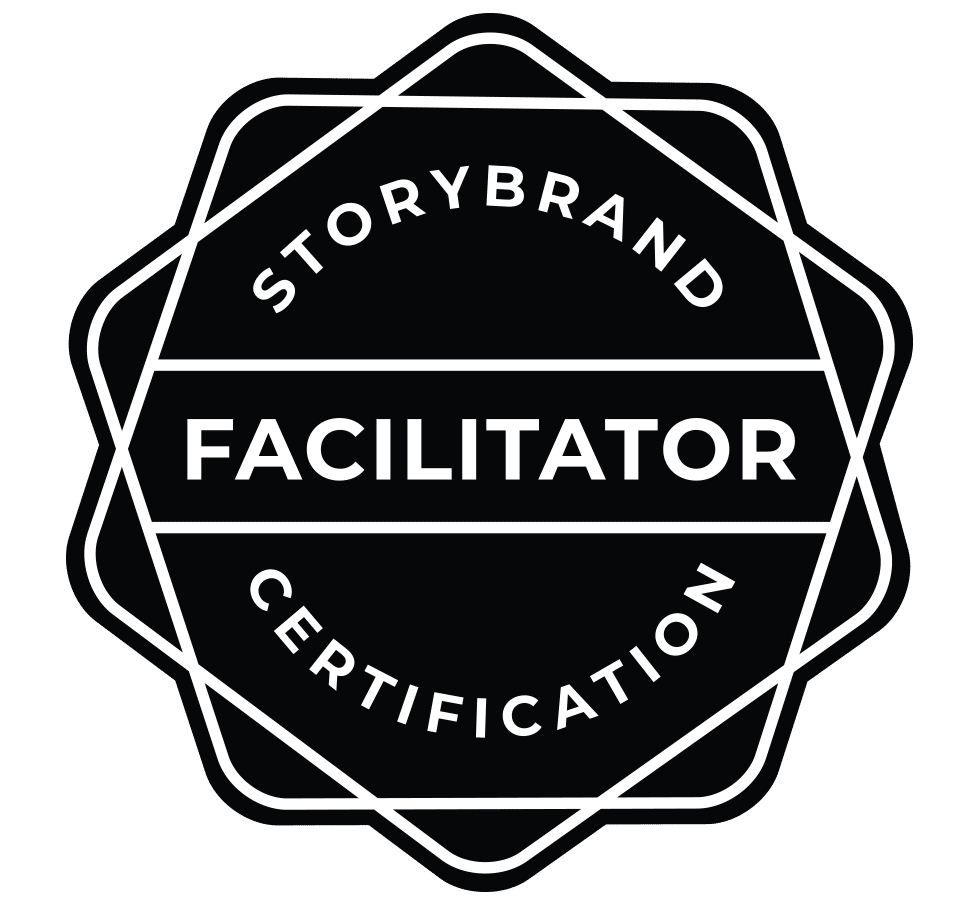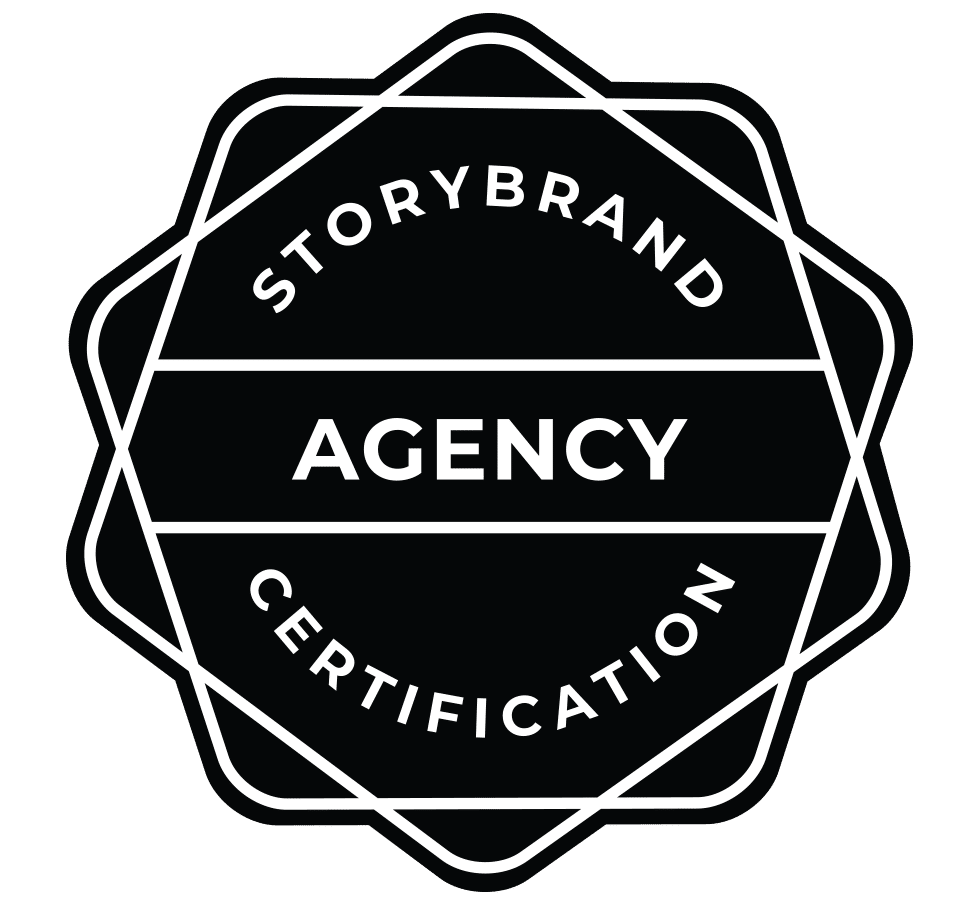Have you ever been so engrossed in a book that you’ve lost track of time? Or perhaps, being so absorbed by a movie, you felt like you’ve personally experienced the triumphs and trials of the main character? This isn’t accidental. It’s the power of storytelling at work, and it’s not just confined to literature and the silver screen.
We can harness this same power to revitalize your email marketing funnel, enhancing its effectiveness, and deeply engaging your audience. StoryBrand, a tried and true methodology for branding, marries the elements of storytelling to your marketing efforts, turning an otherwise mundane email campaign into a riveting narrative.
StoryBrand Basics: An Overview
The principle of StoryBrand revolves around the concept of the hero’s journey—a classic narrative structure found in tales across various cultures and centuries. In a StoryBrand framework, your customer is the hero. They have a problem, they encounter a guide (that’s you, the business), who provides them with a plan, and leads them towards success, helping them avoid failure. The narrative ends with a transformation, wherein the hero (customer) has become better for having undertaken the journey.
Let’s see how we can make this principle a potent force in your email marketing funnel.
StoryBrand in Action for Email Marketing
Email 1: Introduce the Problem
Start with an email that lays out the situation that your potential customer might be grappling with. Is it a problem they’re struggling to solve? Or perhaps an unmet need they might not even be aware of? Use descriptive language to capture the essence of this frustration, the confusion, or the discomfort. Make sure your narrative resonates with their experience, stirring up feelings and emotions associated with the problem.
In crafting this email, focus on making it captivating, interesting, and relatable. Your subject line plays a crucial role in catching their attention and should accurately reflect the problem you’re addressing. Examples could be, “Is clutter taking over your life?” or “Battling with skyrocketing energy bills?” Your first email should draw them in, making them eager to explore the solution you have to offer.
Email 2: Enter the Guide
Your second email is your introduction as the guide in the narrative. Start by relating to the problem they’re facing—perhaps you or your company once faced a similar challenge. Sharing your journey not only creates a bond, but it also establishes your credibility. You’ve been there, you’ve struggled, and you’ve come out on the other side—stronger and wiser.
This is the email where you shine the spotlight on your expertise, the wisdom you’ve gained through your experiences, and the insights you’ve gathered. It’s about convincing your potential customer that you possess the necessary tools and knowledge to help them overcome their issue. Be careful to build trust and credibility without undermining the hero of the story—your customer.
Email 3: Unveil the Plan
Having established your credibility, it’s time to share your plan. Begin by breaking down your solution into clear, easy-to-understand steps. Simplicity is key here—your audience shouldn’t feel overwhelmed by a complex process. Make it clear how your product or service factors into this plan and addresses their problem.
Next, reinforce the value of your solution. Provide detailed insights into how each step in your plan works and the logic behind it. Aim to not just tell them about your solution but to also give them a sense of ownership of it. By the end of this email, they should feel prepared and excited about the journey ahead.
Email 4: Show the Promise of Success
This email should be all about inspiration and aspiration. You need to show your potential customer the bright future that awaits them once they’ve implemented your plan. Paint a vivid picture of what their life could look like post-transformation—describe the benefits, the comforts, and the satisfaction that they can expect.
This is also the perfect opportunity to share the unique perks associated with your product or service. These could be time saved, increased productivity, or enhanced quality of life. Your goal is to give them a glimpse of the figurative “light at the end of the tunnel.” This email should stir them into action.
Email 5: Highlight the Transformation
The fifth email in your sequence should focus on illustrating the transformation that your product or service can bring about. Showcase stories of how your customers transformed their lives or businesses after implementing your plan. Testimonials or case studies can be highly effective here, offering credible proof of the positive transformation that your solution brings about.
The aim is to make the transformation appear as tangible and achievable as possible. Use this email to solidify their belief in your solution, and in their ability to implement it. With every line you write, reinforce the idea that they too can experience this transformation.
Email 6: A Soft Push Toward Action
Your final email should be a gentle push towards action. This is where you bring everything together—reiterate your plan, emphasize the benefits, and remind them of the transformation that awaits. In essence, you’re summarizing the narrative you’ve constructed throughout the previous emails.
However, this email isn’t just a recap. It should also serve as a gentle nudge, encouraging them to take that final leap of faith—to take the decisive step towards their transformation. This is your opportunity to encourage the hero of your story to embrace the journey, to face their problem head-on, and to emerge transformed, successful, and satisfied.
Through this series of six emails, you’ve not only advertised your product or service, but you’ve taken your potential customer on a journey—one they’ll remember. It’s this memorable narrative that differentiates the StoryBrand methodology from traditional email marketing, and it’s the reason why it’s such a powerful tool in your marketing arsenal.
Assessing Your Email Marketing Funnel Performance
It’s crucial to measure the success of your email marketing funnel to ensure that your efforts are yielding the desired results and to identify areas where improvements could be made. To do so, there are several key metrics you can track.
- Open Rate: This measures the percentage of those who opened your email. A low open rate could mean your subject line is not compelling enough, or your email is ending up in the spam folder. Experimenting with different subject lines and monitoring changes in the open rate can provide valuable insights.
- Click-through Rate (CTR): This shows the percentage of users who clicked on a link embedded in your email. A high CTR indicates that your email content is engaging and that your call-to-action (CTA) is effective. A low CTR might suggest the need for more engaging content or a clearer CTA.
- Conversion Rate: The conversion rate is the number of users who performed a desired action, such as making a purchase, signing up for a webinar, or downloading a resource. This is one of the most significant metrics as it directly relates to your return on investment.
- Bounce Rate: This indicates the percentage of emails that were not delivered successfully. A high bounce rate could mean there are invalid email addresses on your list, or that your emails are being impeded by spam filters.
- Unsubscribe Rate: This refers to the percentage of recipients who opted to unsubscribe from your email list. An increasing unsubscribe rate could suggest that your content is not clicking with your audience or that you’re emailing too frequently.
- Email Sharing/Forwarding Rate: This measures how many recipients forwarded or shared your email with others. A high rate suggests your content is valuable enough that readers want to share it with others—an indicator of high-quality content.
- Overall ROI: The ultimate indicator of your email marketing funnel’s success is the overall return on investment (ROI). This is calculated by comparing the total revenue generated from the email campaign to the total cost of running the campaign.
These metrics should be assessed collectively to provide a holistic view of your email marketing performance. Using an email marketing software tool can be very helpful in collecting and analyzing these metrics. Periodically review your performance and be prepared to make adjustments based on the data to continually improve your email marketing effectiveness.
Send Better Emails to Your Customers with the Power of StoryBrand Certified Guides
When you’re focused on your business, you may find that you don’t have the time or resources to dedicate to thinking through each step of the customer’s journey, or you may not want to spend time reviewing each campaign to ensure that it’s performing to your expectations. This is where a StoryBrand Certified Guide can help you.
From creating and implementing strategies to constant monitoring, optimizing, and reporting, your Guide can direct your strategy to reaching the customers you want to connect with. At Business Builders, we may be the Guide that you’re looking for to take your email marketing to another level.
At Business Builders, we’re a team of StoryBrand experts who specialize in integrating its timeless principles into each aspect of your marketing strategy, including email and more. To find out how we can help you elevate your own marketing, request a quote from us today.









